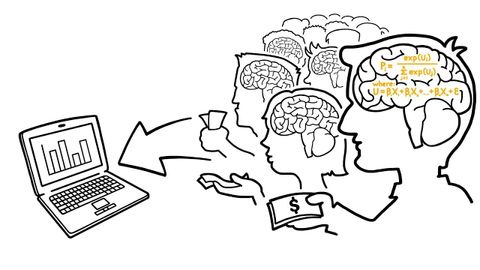
Subtitles & vocabulary
What Can Conjoint Analysis Do for You?
00
Jack posted on 2016/11/05Save
Video vocabulary
noise
US /nɔɪz/
・
UK /nɔɪz/
- Noun (Countable/Uncountable)
- Loud sounds that cause discomfort or annoyance
A1
More key
US /ki/
・
UK /ki:/
- Noun
- Answers to exercises, as at the back of a book
- Something you use to open a lock or start a car
- Adjective
- Important; necessary to make an action successful
A1TOEIC
More test
US /test/
・
UK /test/
- Verb (Transitive/Intransitive)
- To be given a medical examination
- To try to establish the truth or nature of
- Noun
- A medical examination
- Action to establish the truth or nature of
A1
More Use Energy
Unlock All Vocabulary
Unlock pronunciation, explanations, and filters
